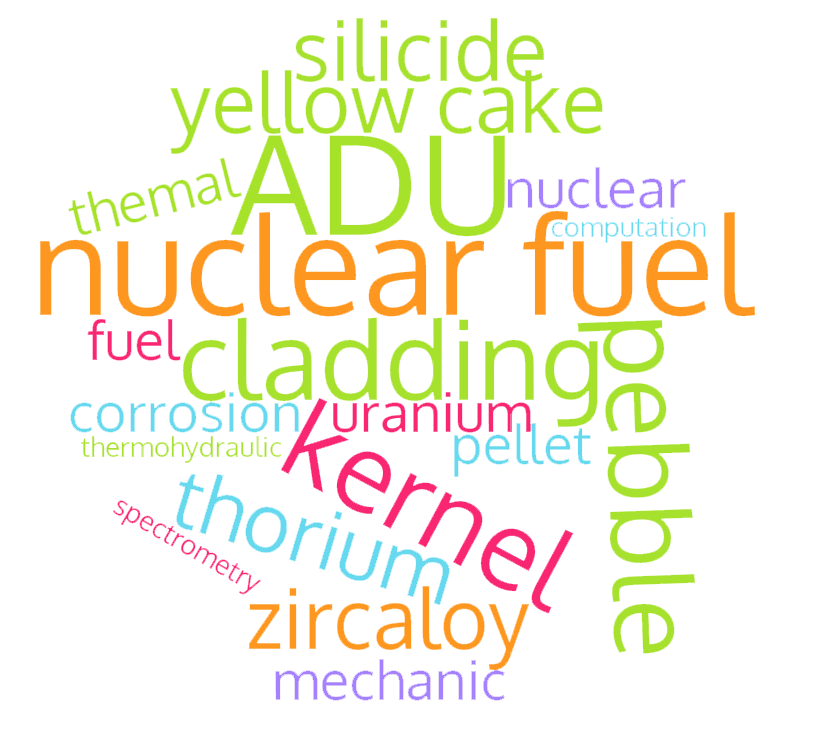MODEL SIMULATION OF THE EFFECT OF ZINC PHOSPHATE INHIBITOR ON CORROSION RATE OF SECONDARY COOLING PIPE FOR PRESSURIZED WATER REACTOR USING PREDICTOR-CORRECTOR METHOD
DOI: http://dx.doi.org/10.55981/Urania.2024.7057
Sari
Corrosion is one of the unavoidable problems in nuclear reactor cooling systems. Secondary Cooling Pipe Multi-Purpose Reactor G.A Siwabessy (MPR-GAS) based on low carbon steel is very easy to oxidize because it is an open circulation cooling system. Zinc-phosphate inhibitor (ZnPO4) is one of the inhibitors used to inhibit the corrosion reaction that occurs between the low carbon steel cooling pipe and the cooling water environment. The research has been carried out on numerical calculations to find a solution for the corrosion rate model of steel with and without an inhibitor by the Predictor-corrector method. The simulation results show that the effect of ZnPO4 inhibitor on the corrosion rate of steel is seen as a relationship between inhibitor concentration and stable time, if the inhibitor concentration increases, the stable time will also increase. The rate of corrosion that occurs (reducing the concentration of corroded product). Therefore, the recommended inhibitor concentration value is 0.9% for models in 0.1 M HCL medium. This concentration is the most appropriate concentration to slow down the corrosion rate. most minimal.
Teks Lengkap:
PDFRefbacks
- Saat ini tidak ada refbacks.
Penerbit: Pusat Riset Teknologi Bahan Nuklir dan Limbah Radioaktif
Diindeks oleh:









